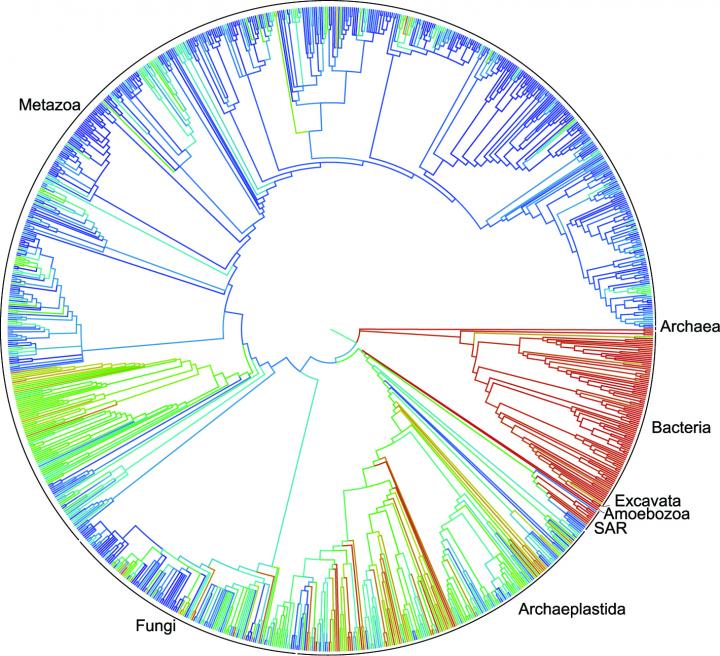-
Tips for becoming a good boxer - November 6, 2020
-
7 expert tips for making your hens night a memorable one - November 6, 2020
-
5 reasons to host your Christmas party on a cruise boat - November 6, 2020
-
What to do when you’re charged with a crime - November 6, 2020
-
Should you get one or multiple dogs? Here’s all you need to know - November 3, 2020
-
A Guide: How to Build Your Very Own Magic Mirror - February 14, 2019
-
Our Top Inspirational Baseball Stars - November 24, 2018
-
Five Tech Tools That Will Help You Turn Your Blog into a Business - November 24, 2018
-
How to Indulge on Vacation without Expanding Your Waist - November 9, 2018
-
5 Strategies for Businesses to Appeal to Today’s Increasingly Mobile-Crazed Customers - November 9, 2018
Scientists Create 1st ‘Tree of Life’ for Around 2.3 mn Species
The tree, which is more technically the aggregation of hundreds of smaller trees, is the first time an attempt to document the nearly 2.3 million known species on Earth has been made in such a magnitude.
Advertisement
The scientific community generally agrees that all life on Earth spawned from the same common ancestor, and the field experts behind the new study hope that their project will help scientists get a sense of how all the different species on out planet are related to one another, and use that information to gain a better understanding of how viruses work and to improve agricultural methods.
“This is the first real attempt to connect the dots and put it all together”, said principal investigator Karen Cranston of Duke University, in a release. This is simply version 1.0, and they’re going to need help with revisions.
The circular tree of life comes from a collaborative effort of 10 institutions and, according to researchers, is the first time such a an all-encompassing tree of life has been created.
It’s very poetic to talk about a tree of life, where every species can trace its roots, but actually illustrating this tree is no mean feat when Earth has been home to at least 2.3 million known species.
According to Phys.org, the majority of existing evolutionary trees are not available in a form that can be digitally downloaded and utilised by the researchers. A summary of the findings has been published online in the proceedings of the National Academy of sciences on September the 18th.
Scientists have used gene sequences and morphological data to construct tens of thousands of evolutionary trees that describe the evolutionary history of animals, plants, and microbes.
The initial draft of the “Tree of Life” open source was recently featured by two University of Michigan biologists and other scientists.
“This is just the beginning”, Smith said.
This research was supported by a three-year, .76 million grant from the U.S. National Science Foundation, including $900,000 to the University of Michigan.
Evolutionary trees, branching diagrams that often look like a cross between a candelabra and a subway map, aren’t just for figuring out whether aardvarks are more closely related to moles or manatees, or pinpointing a slime mold’s closest cousins.
“Twenty-five years ago people said this goal of huge trees was impossible”, co-author Douglas Soltis of the University of Florida said in a statement.
Smith and researcher from the University of Idaho, Cody Hinchliff, did most of the heavy lifting by going through the painstaking 3-year-long process of combining all the 484 trees into one, but more importantly, to make it all available as a digital source.
Advertisement
One of the difficulties the researchers encountered during the merging of the smaller individual trees is the accounting for all the changes in the names for each species, as well as their alternate names, abbreviations and misspellings.





























